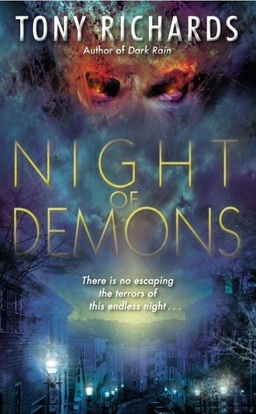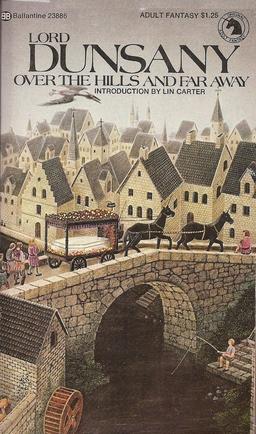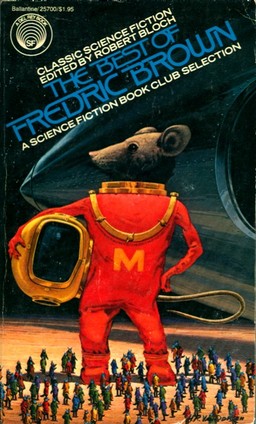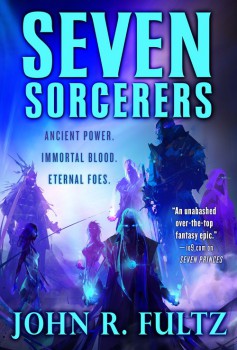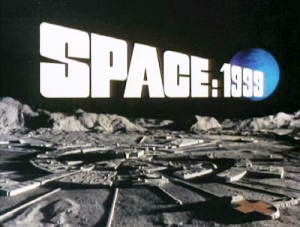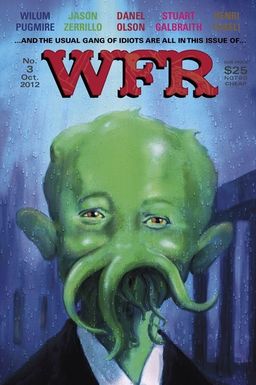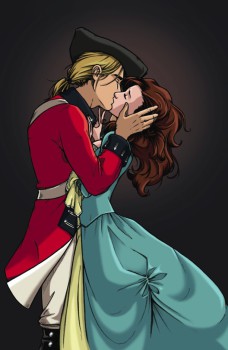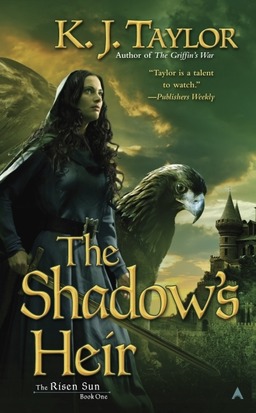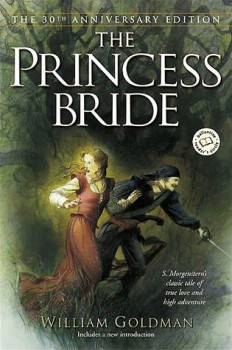Lay Down Your Weary Year
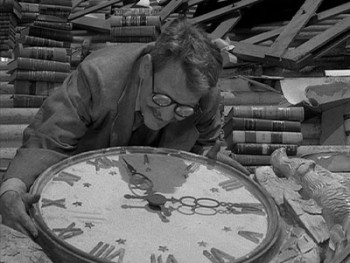 “It… is… later… than… you… think.” — Arch Oboler, Lights Out radio program
“It… is… later… than… you… think.” — Arch Oboler, Lights Out radio program
10…
There’s that classic Twilight Zone episode about the bookwormish little gentleman who has a list long as his arm of books he’s always wanted to read, but who is constantly thwarted by the day-to-day demands of society and pressures of life. He happens to be down in the basement library stacks when a nuclear war breaks out. He emerges to find every other human being gone. After this revelation sinks in, he heads back to the library. Cut to hours or days later: he has amassed piles of books in the order he plans to — finally — read them all.
And then…the unexpected happens. The ol’ TZ twist. In this case, his glasses fall off, and he accidentally steps on them. In the closing shot, he stands there, blind as a bat without his reading glasses, with a look of utter despair on his face that dwarfs any emotions he may have felt on realizing that the rest of his fellow creatures were gone. With the books, even authors long dead were still with him. Now even they have been wrested away, leaving him truly alone.
Rod Serling provides his usual wry commentary in the coda of the closing narration, but everyone who’s seen that episode (“Time Enough at Last”, 1959, starring Burgess Meredith) remembers that final scene — within the context of the story’s simple little narrative, that pair of broken glasses is somehow, improbably, more devastating than the destruction of the human race.
